Cyclisation is one of the most common requests for custom peptide modification.
Alongside Mimotopes’ extensive range of PepSet™ Peptide Libraries, custom peptides, antibodies, and reagents, these Cyclised Peptidesoffer unique qualities not found anywhere else.
Why Cyclise a Peptide?
Long linear peptides, unrestrained, can adopt wild and unpredictable configurations. Cyclisation restrains a peptide to better mimic the structure of the protein, and increases overall stability.
Cyclised peptides are therefore often a better representative of the natural protein.


How do you Cyclise Peptides?
Typically done after the synthesis of the linear sequence, cyclisation can be performed whilst on resin or after cleavage. Some approaches, broadly, will connect side chains to each other, to the termini, or even connect the two termini, as in head-to-tail cyclisation.
For improved activity and cell penetration, a Stapled Peptide is formed by connecting distant residues with a hydrocarbon bridge. These also tend to have a better resistance to proteolysis than their linear counterparts.
When a sequence contains two or more cysteine residues, a disulphide bridge can be chemically formed to connect the side chains. Peptides with other thiol containing residues can be similarly cyclised.




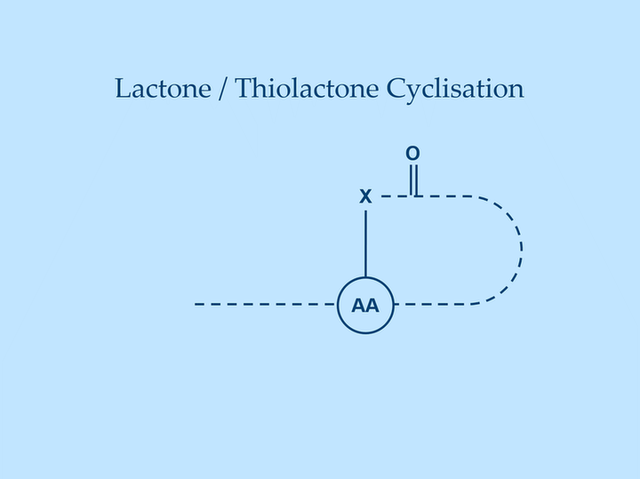

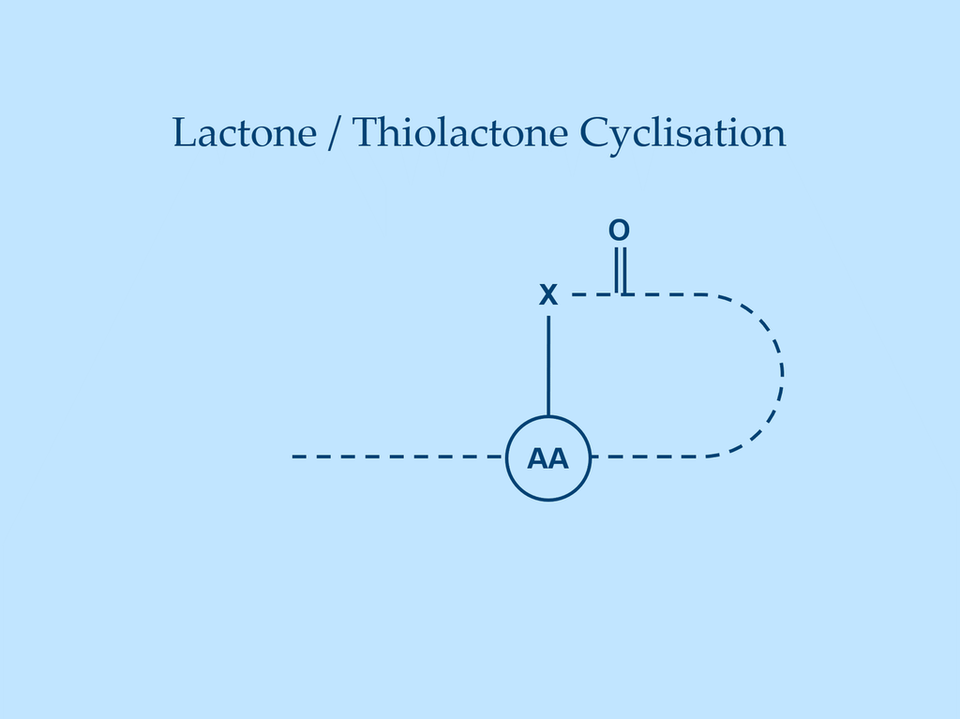
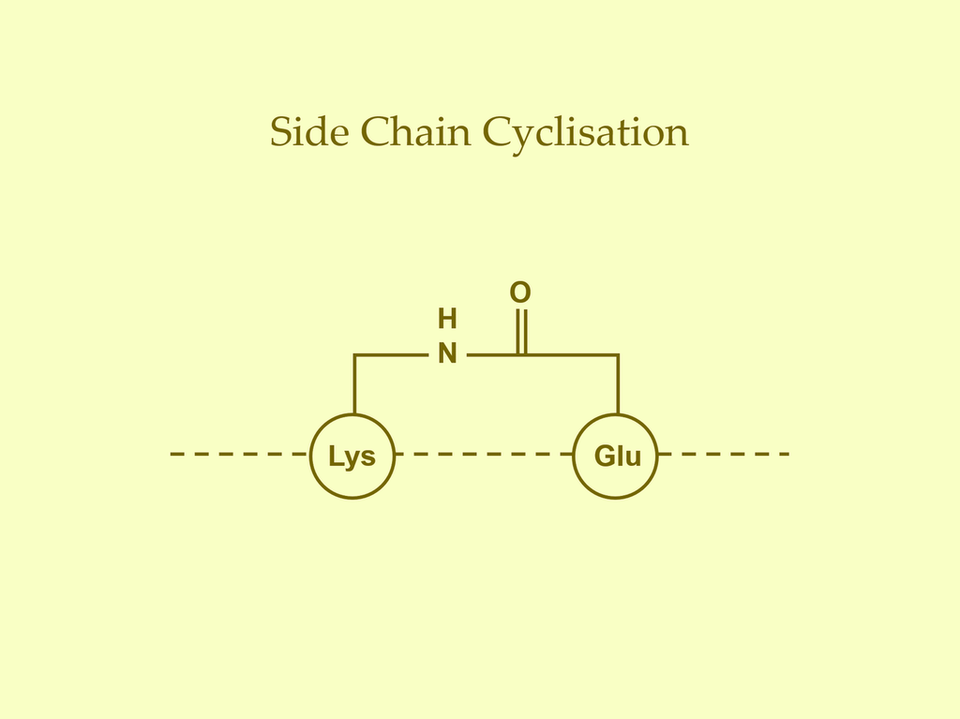
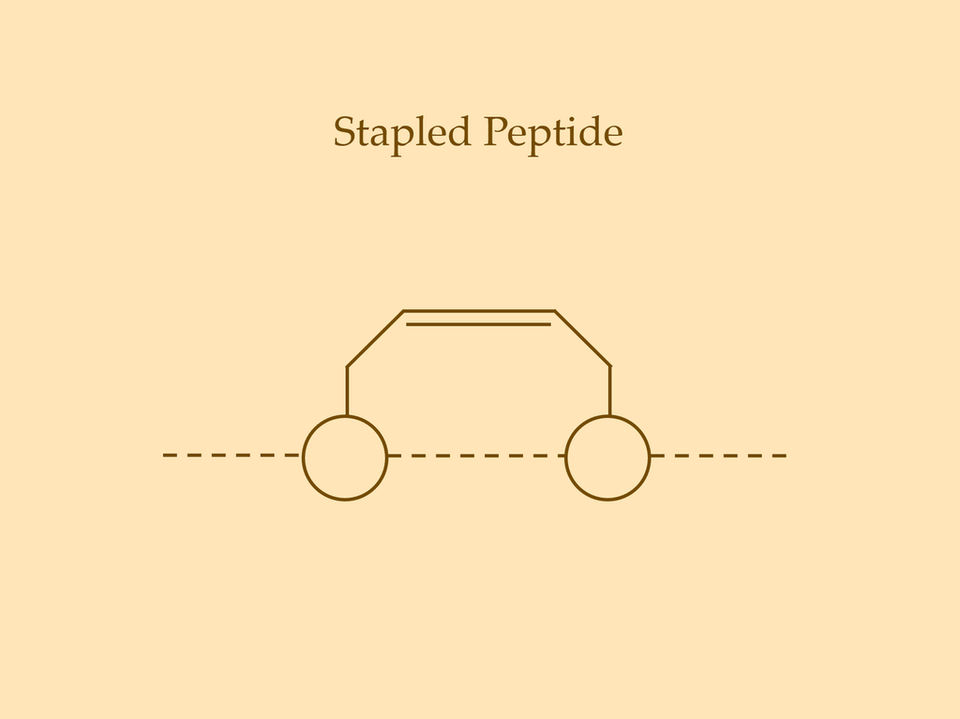
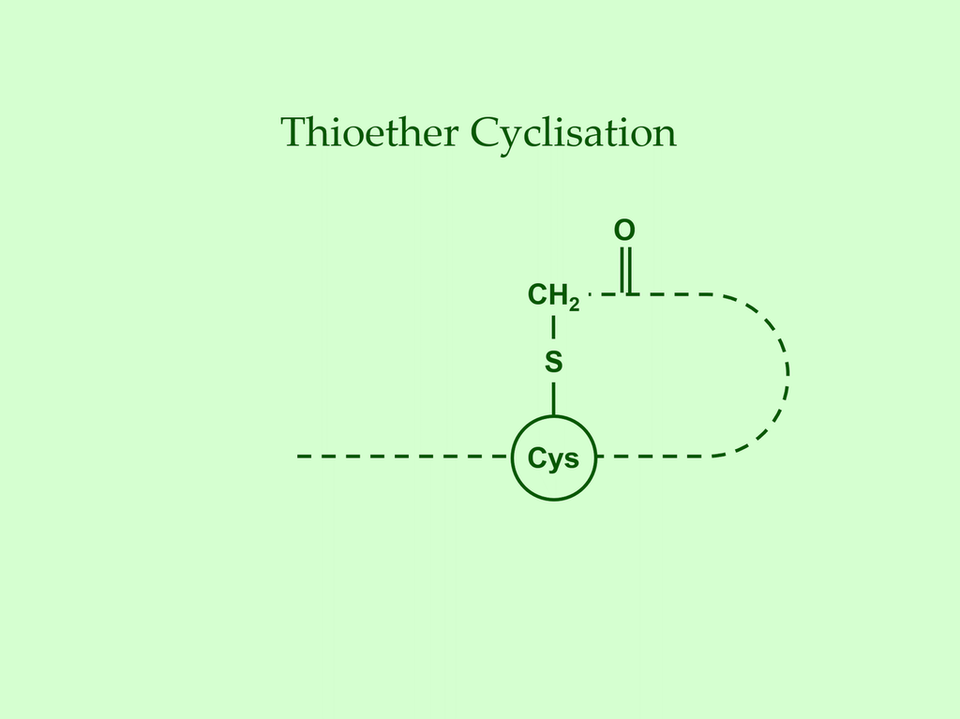
Cyclised peptides
Cyclised peptides are well known for their variation in success rate and yield, often attributable to the sequence itself as well as the methods used. A peptide company with decades of experience and proven expertise will improve the odds for better yield and higher quality.


Contact us today for a peptide quote!
Australia
☎ +61 3 9565 1111 |
North and South America
☎ +1 651 603 0909 |
asia
☎ +61 3 9565 1111 |
UK / Europe / Africa / Middle East
☎ +44 (0)151 556 0547 |

Contact us today for a peptide quote!
Australia
☎ +61 3 9565 1111
North and South America
☎ +1 651 603 0909
asia
☎ +61 3 9565 1111
UK/ Europe/ Africa/ Middle East
☎ +44 (0)151 556 0547


